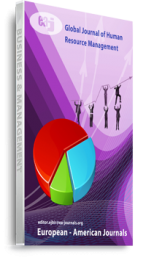This study examines the relationship between organizational resilience and the following predictors: openness, trust, authenticity, and proaction. The predictors were derived from Flach’s (1988), Weick’s (1993), and Malak’s (1998) sources of organizational resilience. The rationale for this study is based on the overwhelming support from the literature that organizations must become resilient if they hope to survive environmental turbulence (see Doe, 1994; Horne, 1997; Lengnick-Hall & Beck, 2009; Kerr, 2016; Livingstone, 2016). To achieve the objectives of the study, data was collected from employees of higher education institutions in the Philippines. Of the 779 instruments distributed, only 267 instruments were used due to incomplete instruments, outliers, normality, and other considerations. A path analysis was used to deduce whether the hypothetical model developed from the literature represents the reality. The results suggest that openness, trust, authenticity, and proaction explain 47% of the variation in organizational resilience. Further, evidence also suggest that proaction has the highest effect on organizational resilience although it was highly influenced by trust. Finally, a predictive model (structural equation model) which was different from the hypothesized model was achieved in terms of model fit and significant relationships. A major contribution of this study is the pinpointing of the substance of organizational resilience—that reservoir of vulnerability that is grown by an organization through trust—rather than defining it by what organizations are able to do because it has resilience—bouncing back from or absorbing adverse consequences. This paper discusses the results of the study, the implications for managers, and the recommendations for further research
Keywords: Authenticity, Organizational Resilience, Path Analysis, Proaction, Trust, openness

